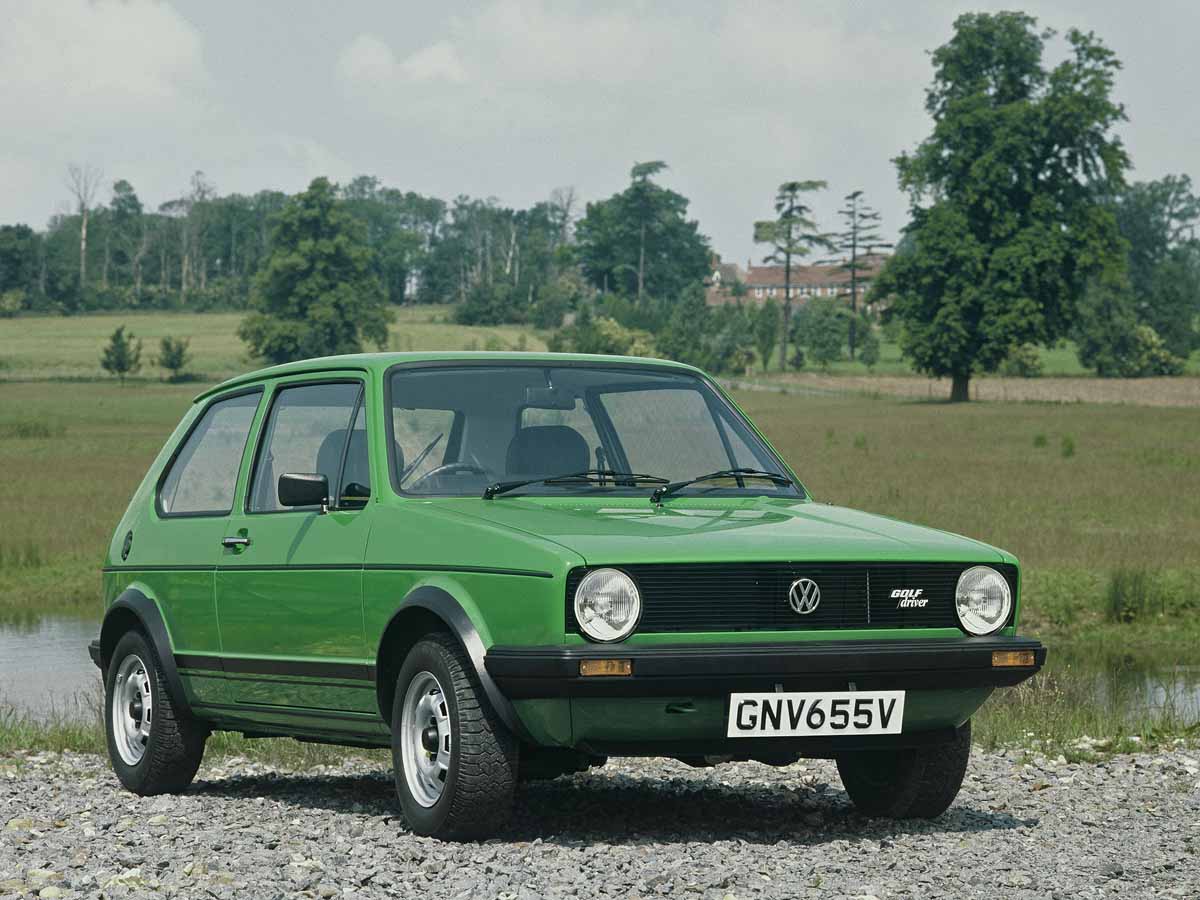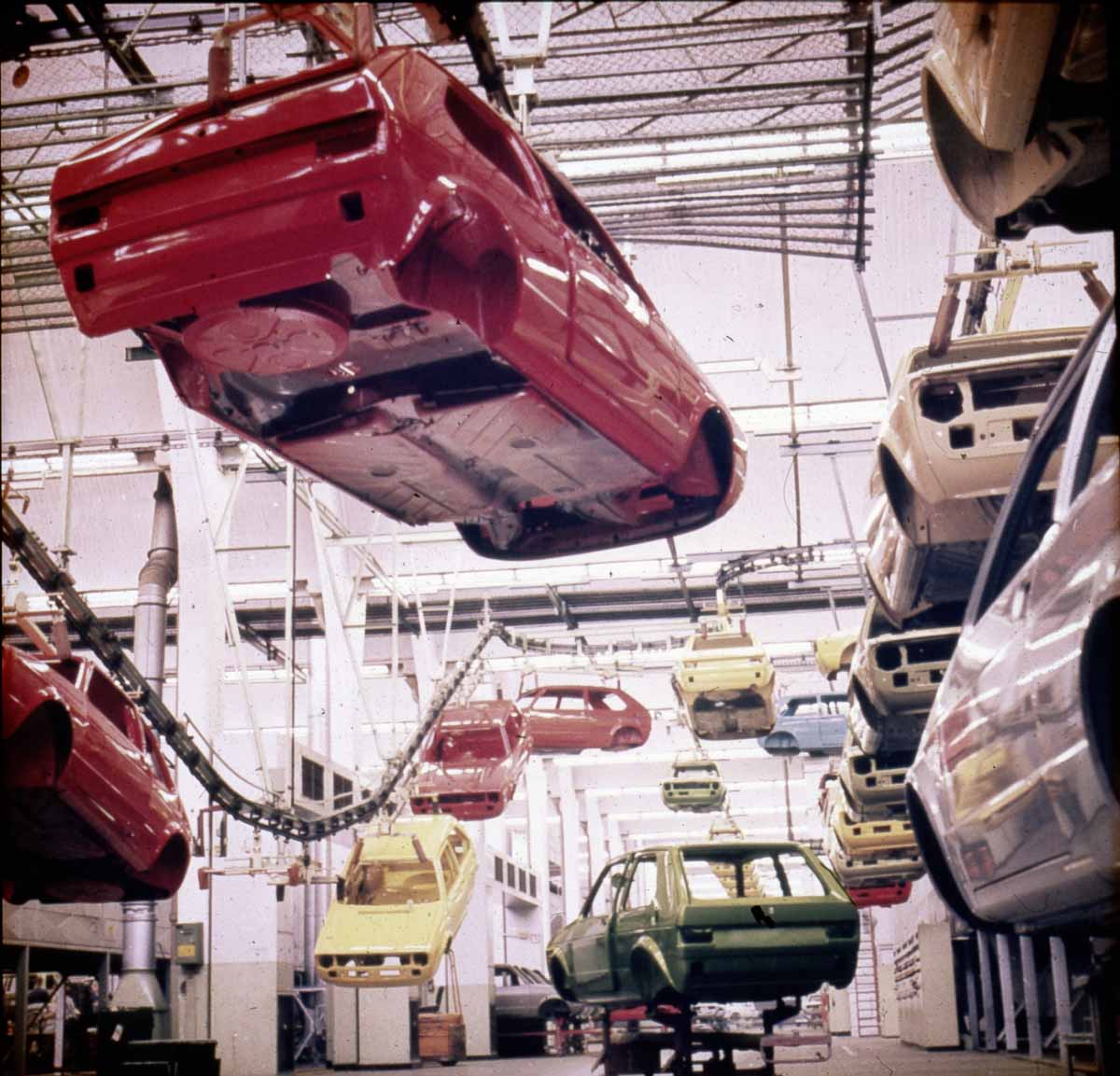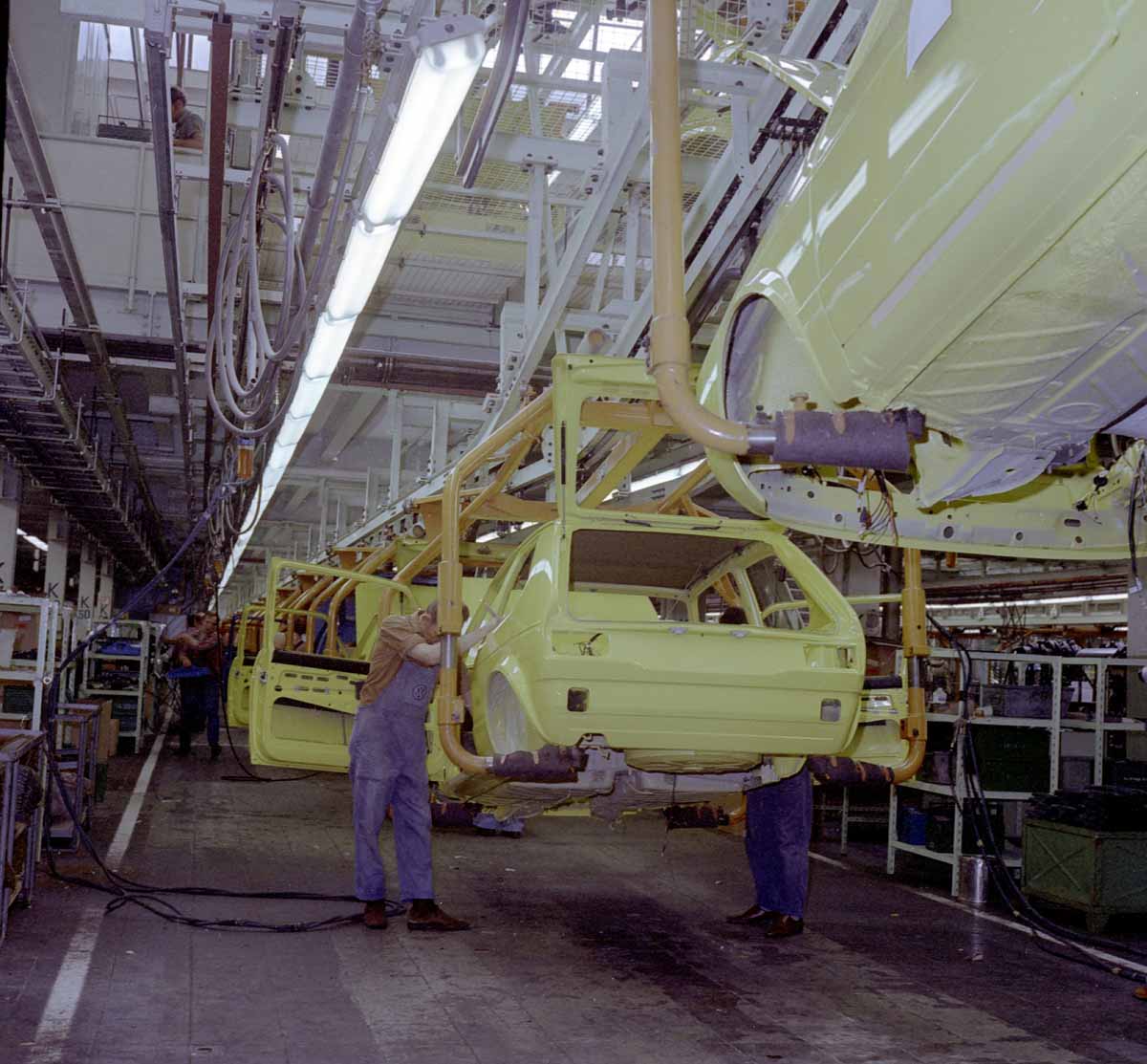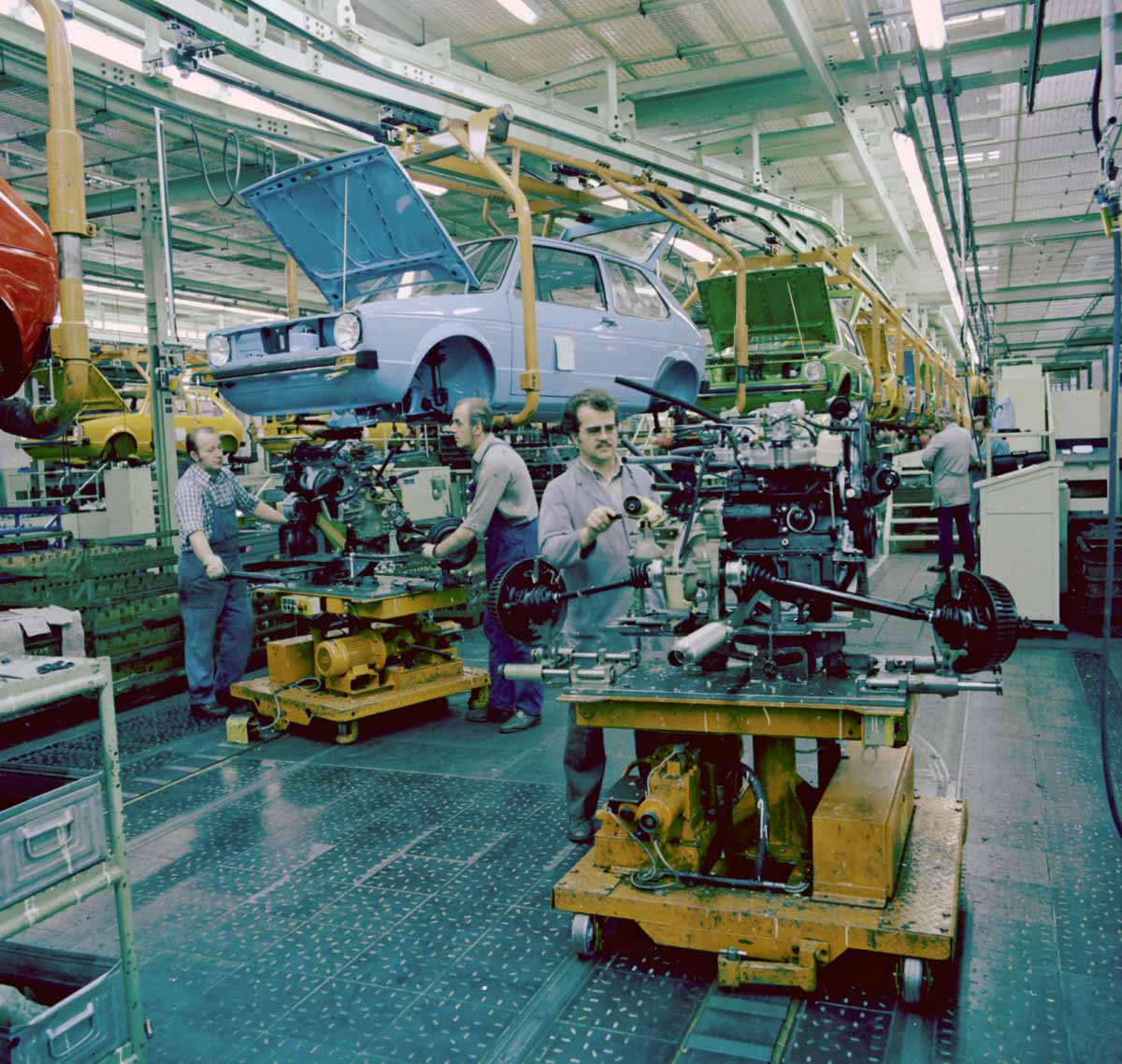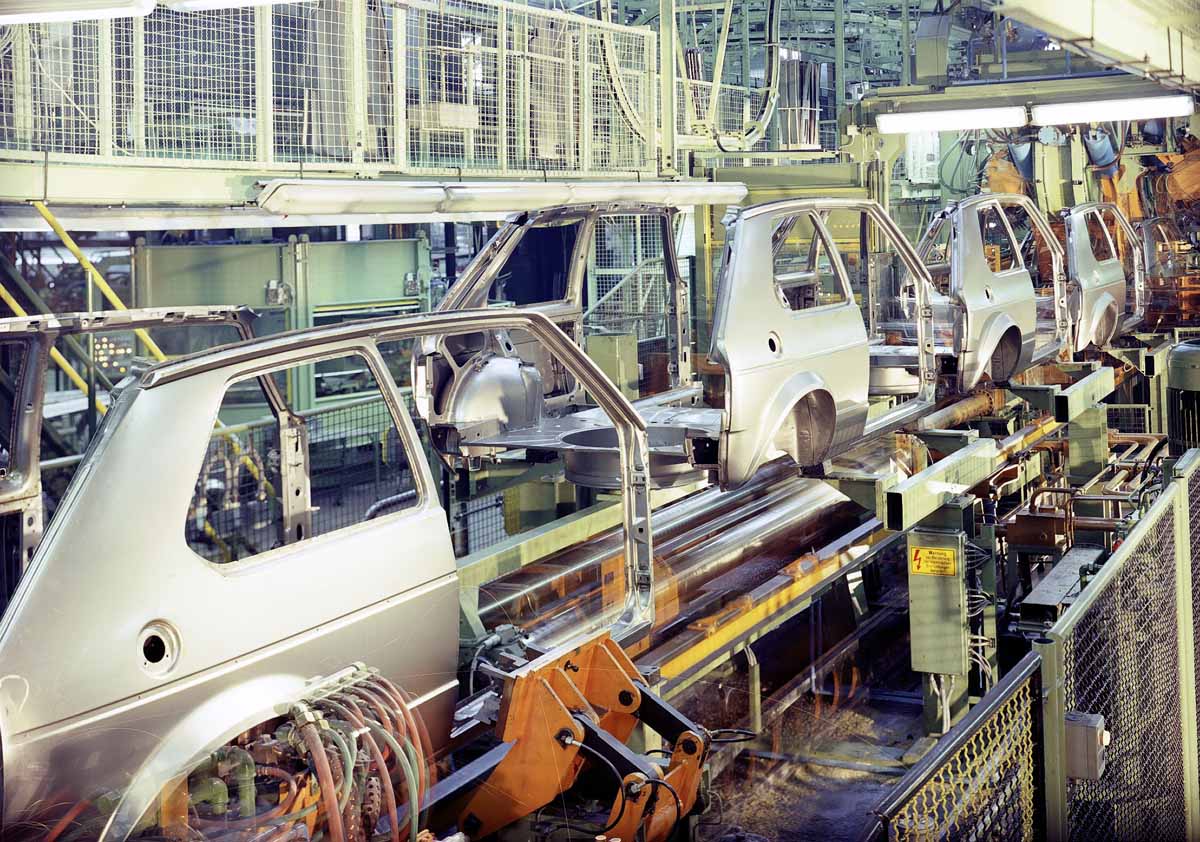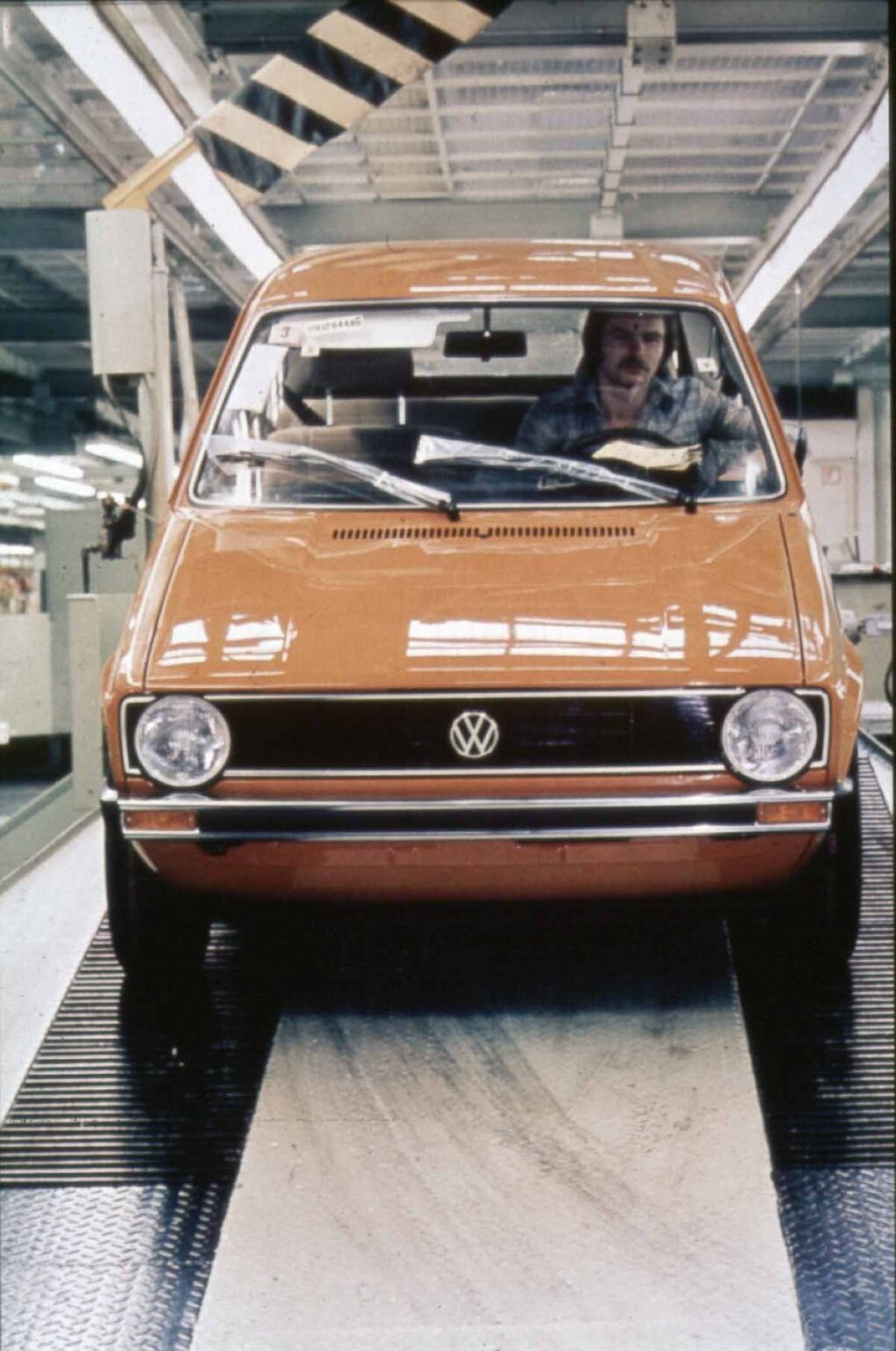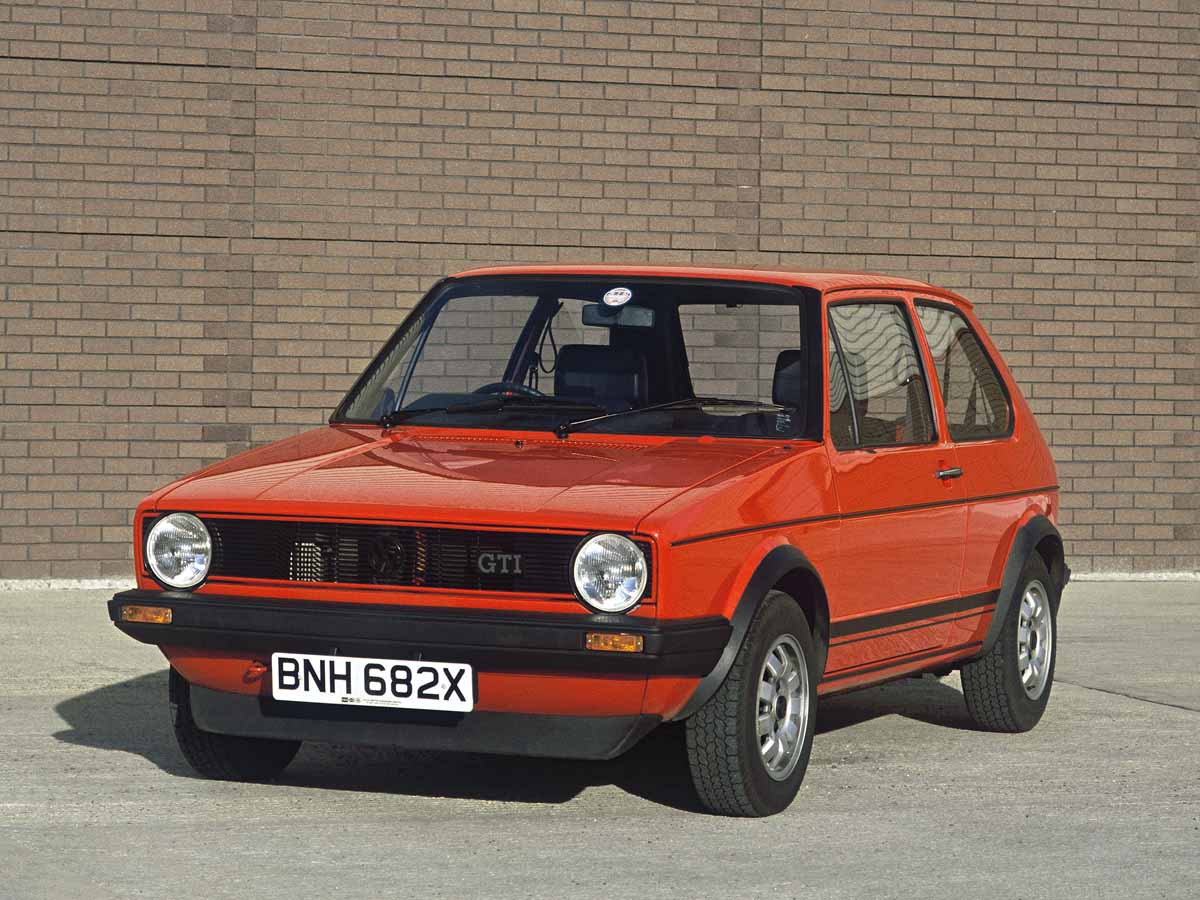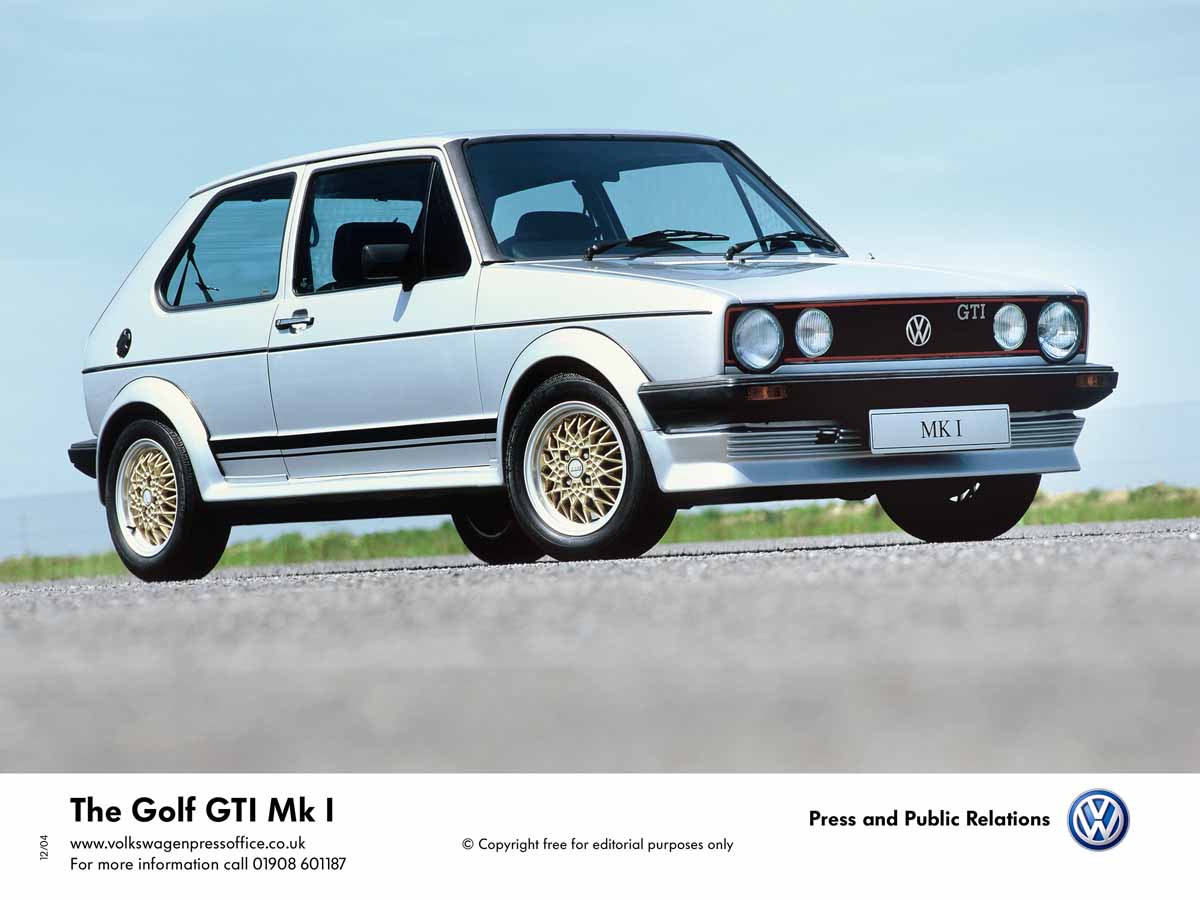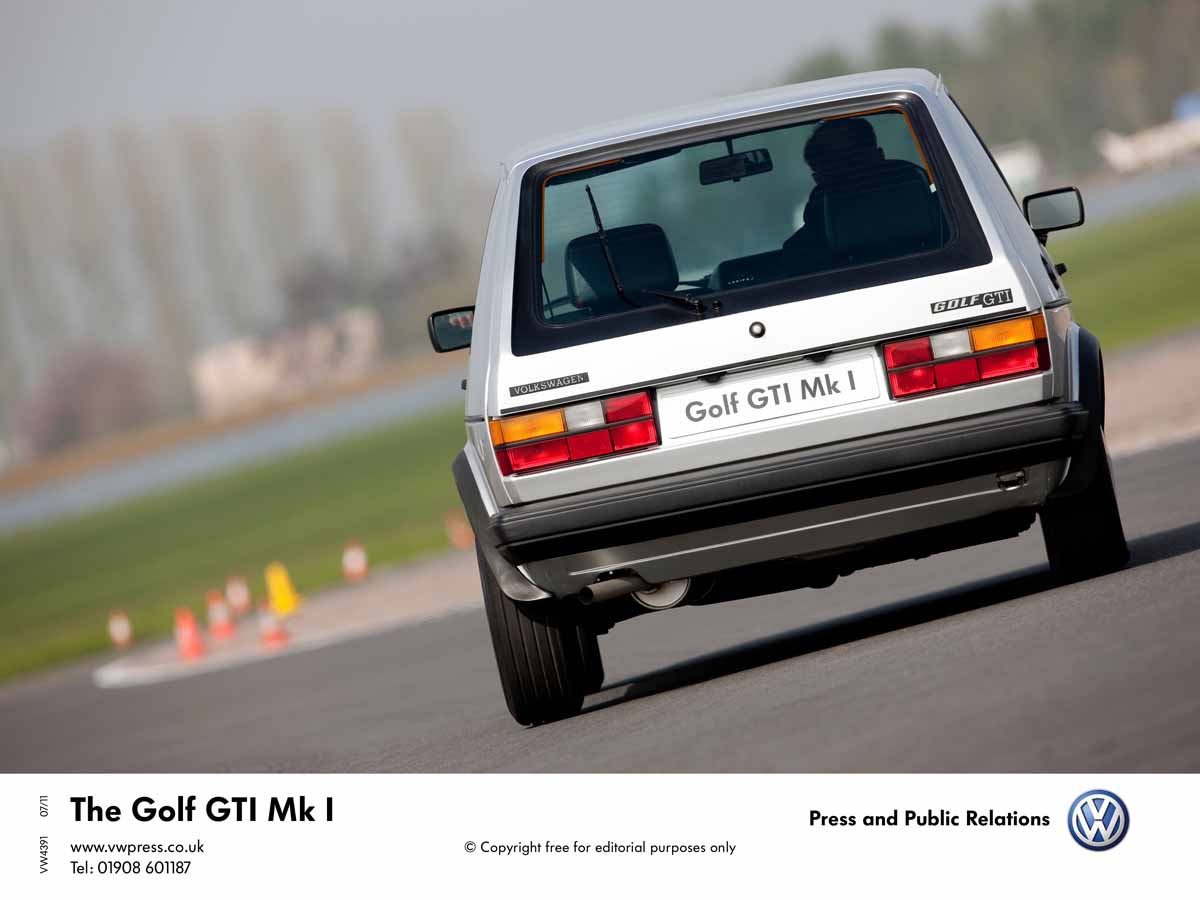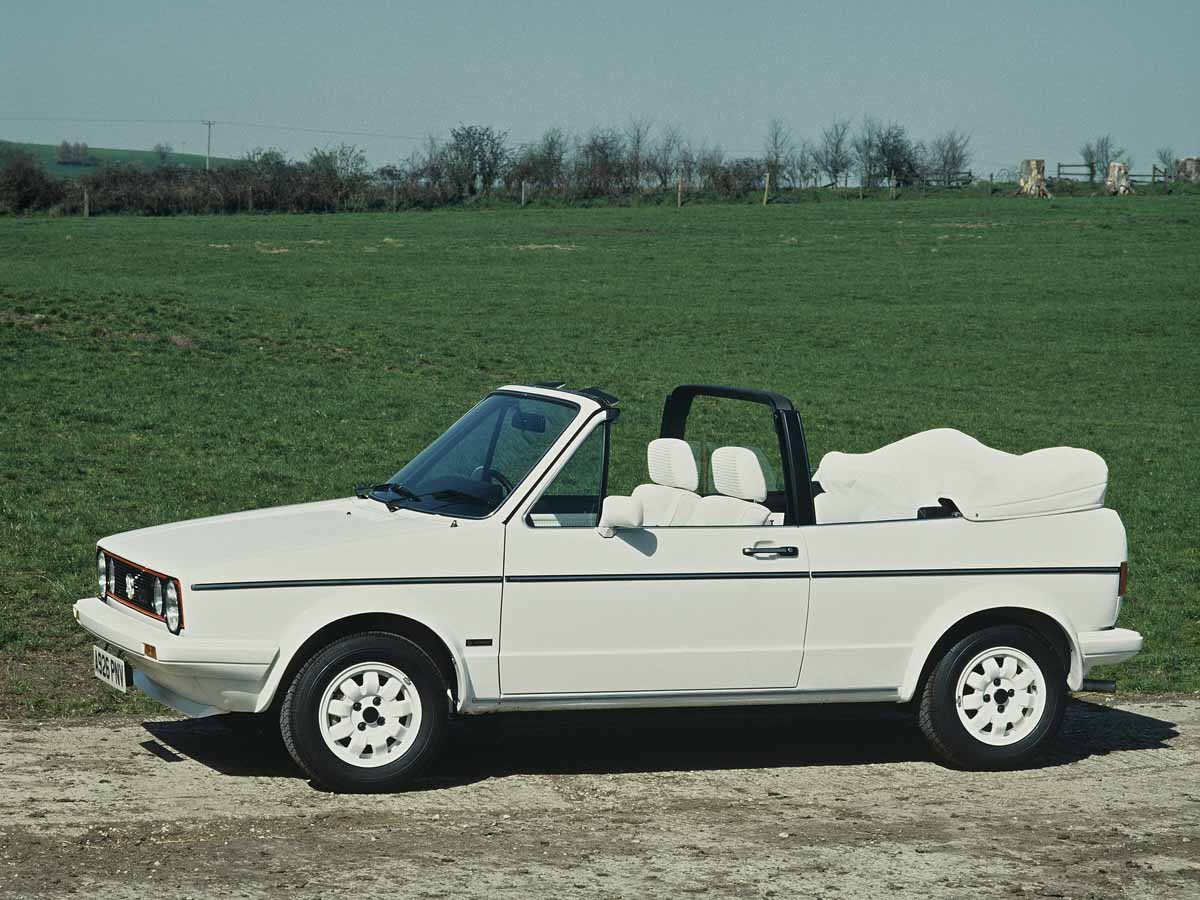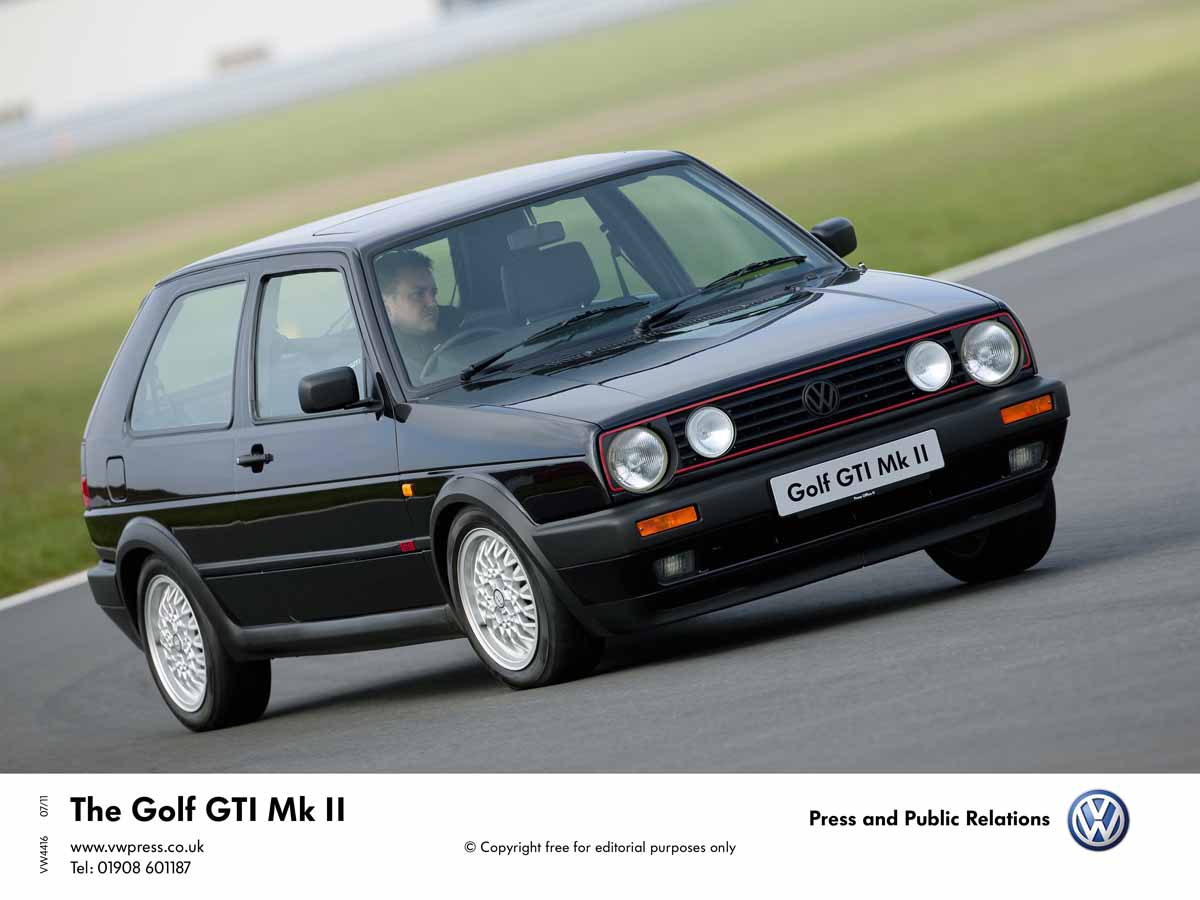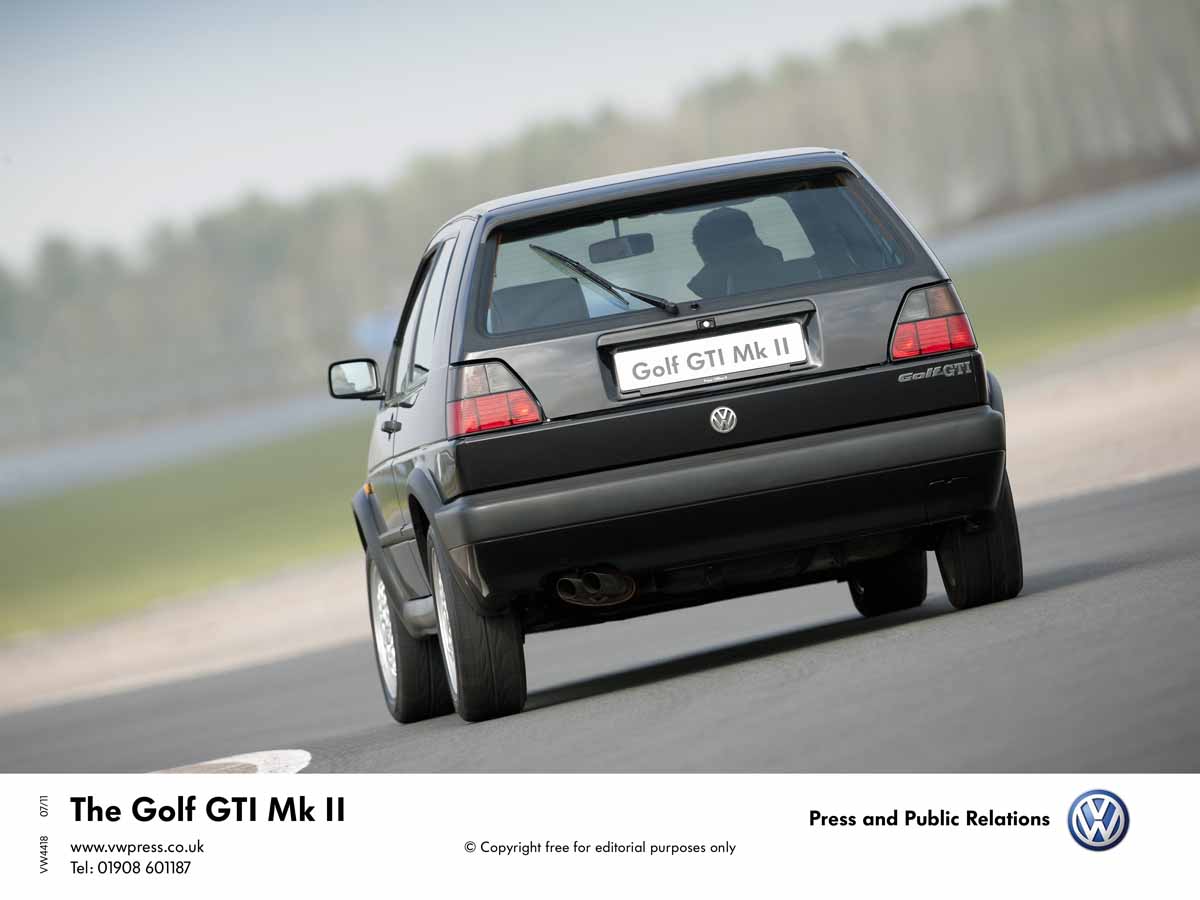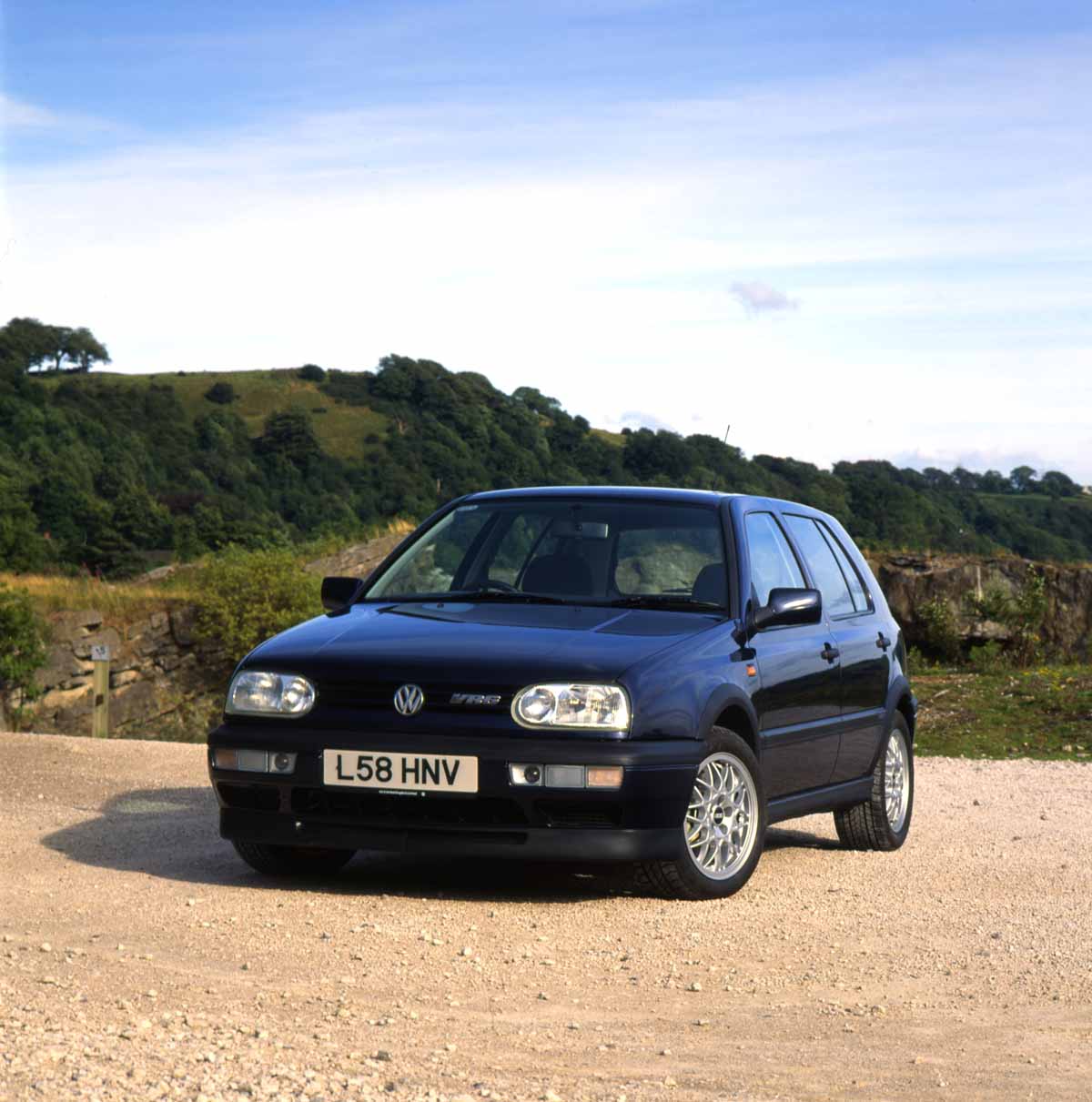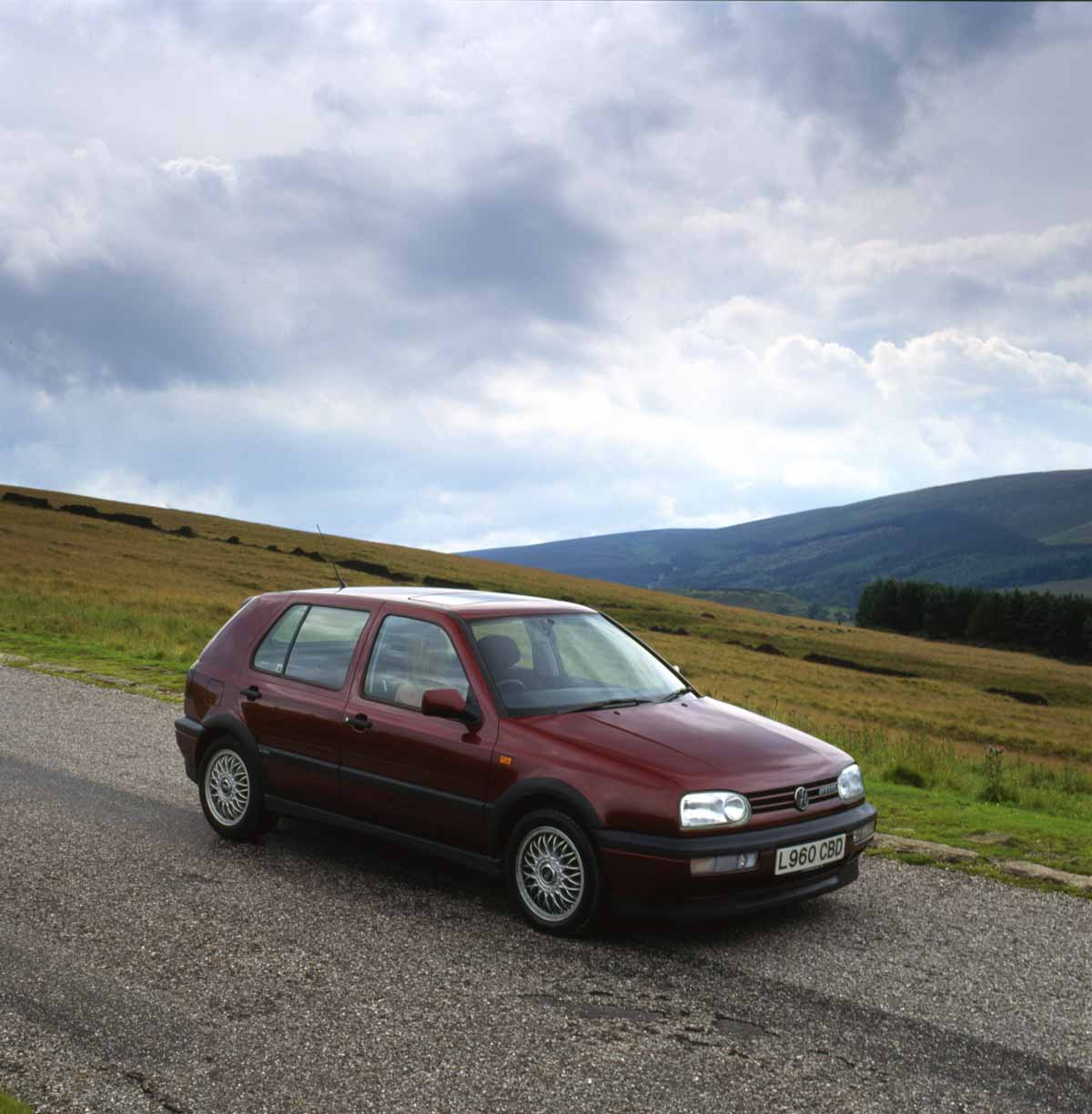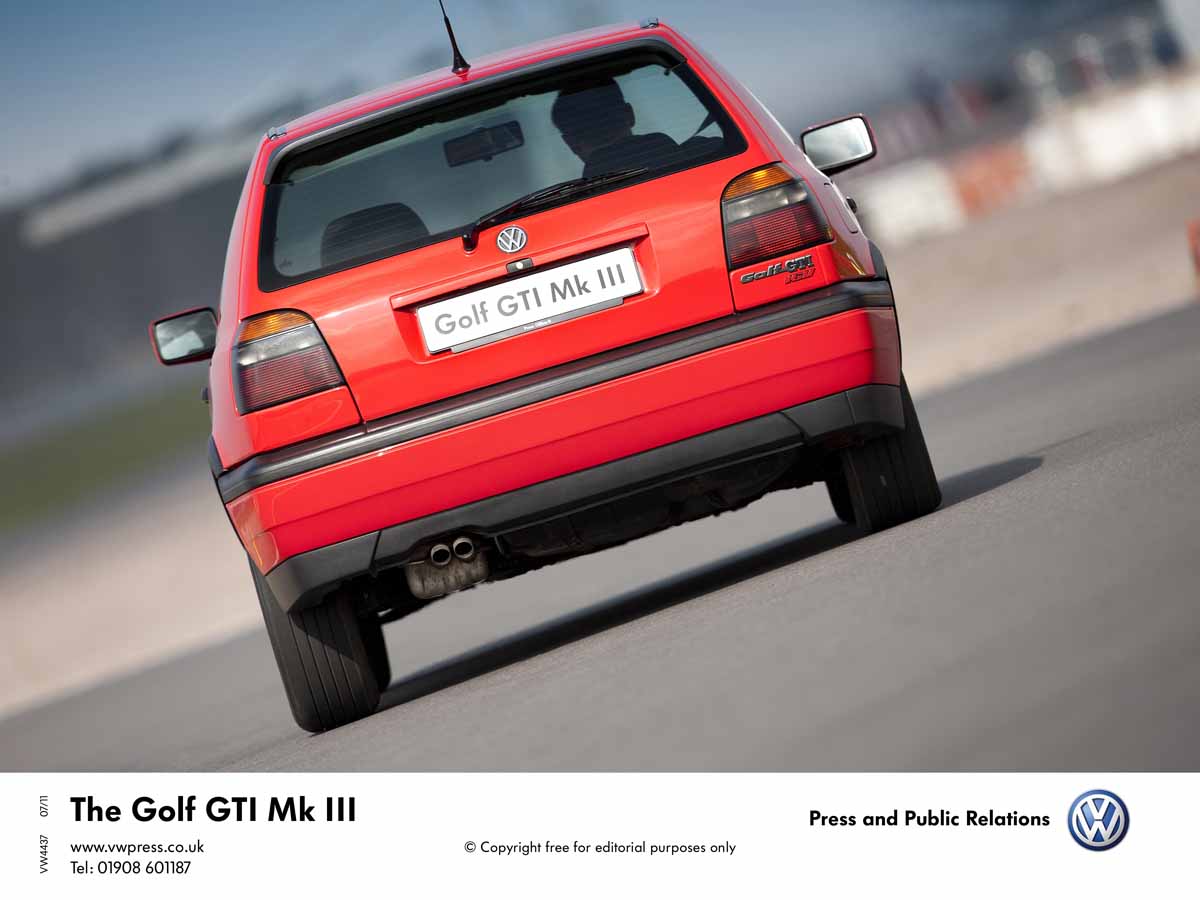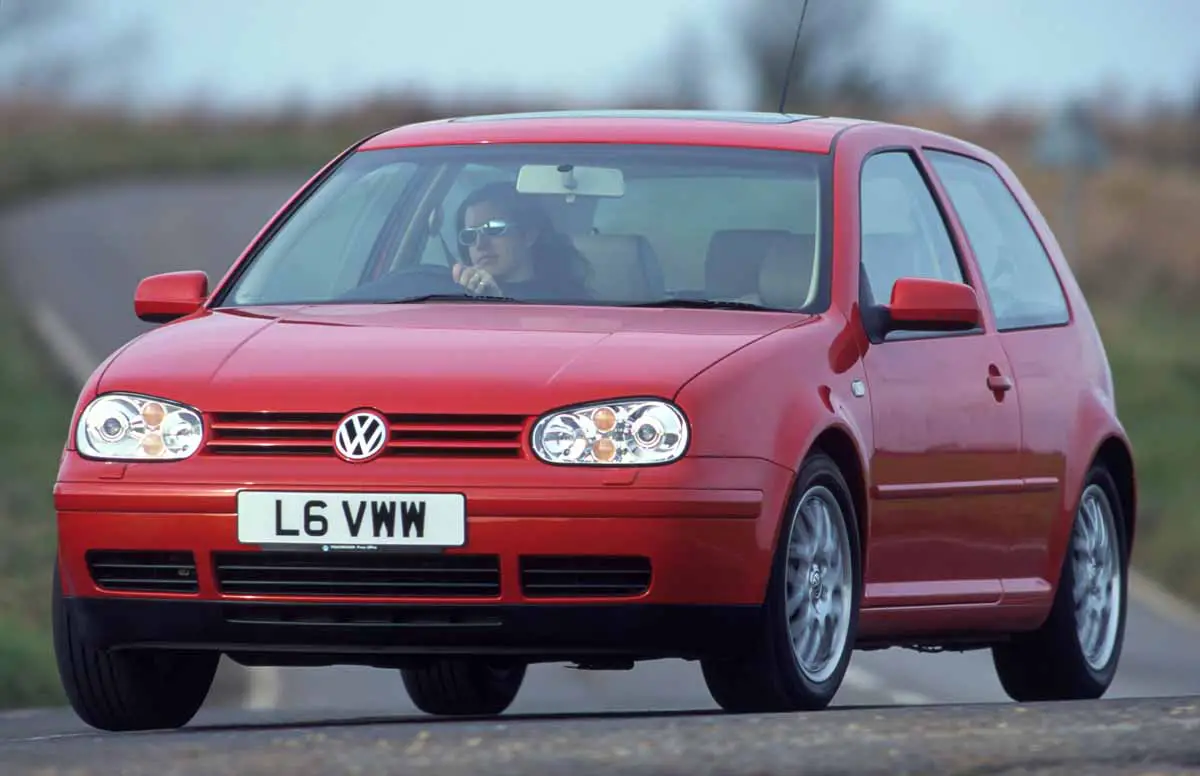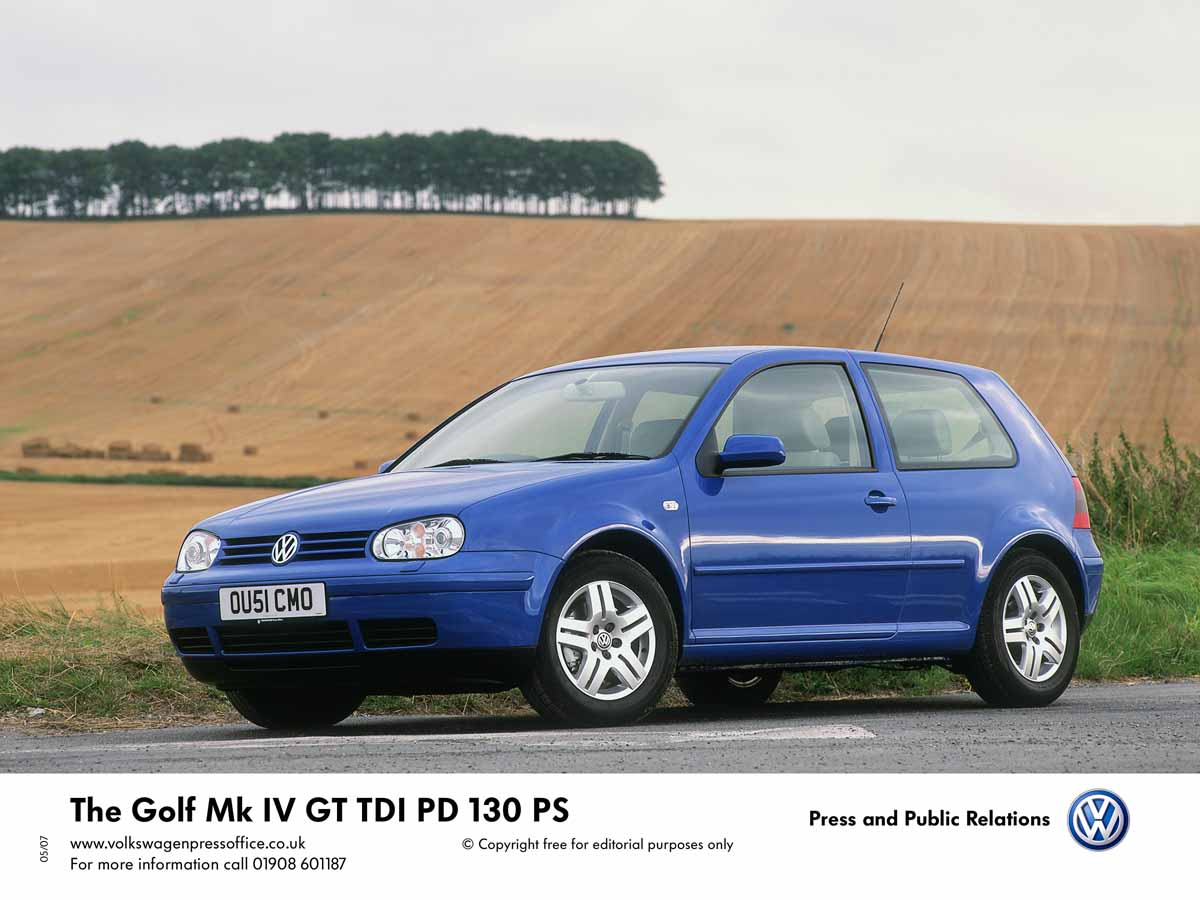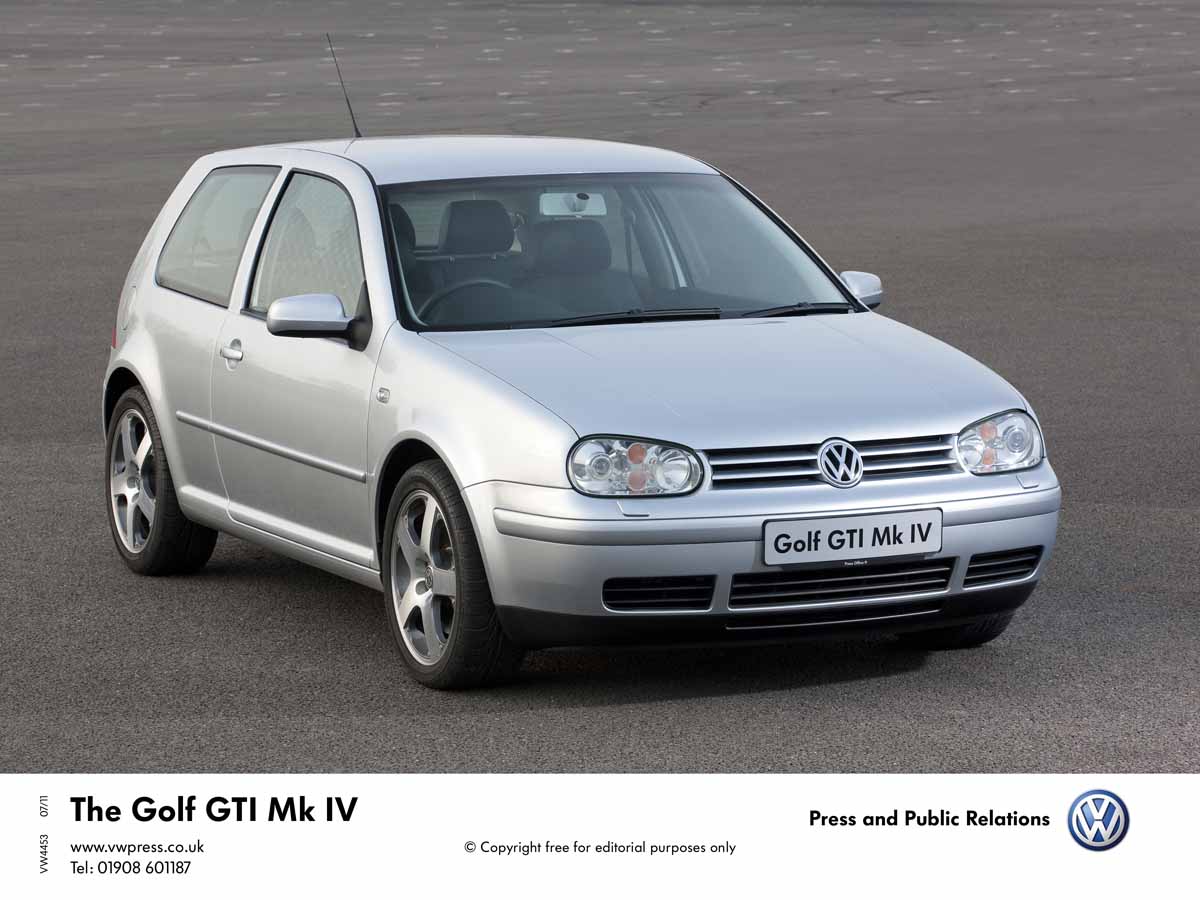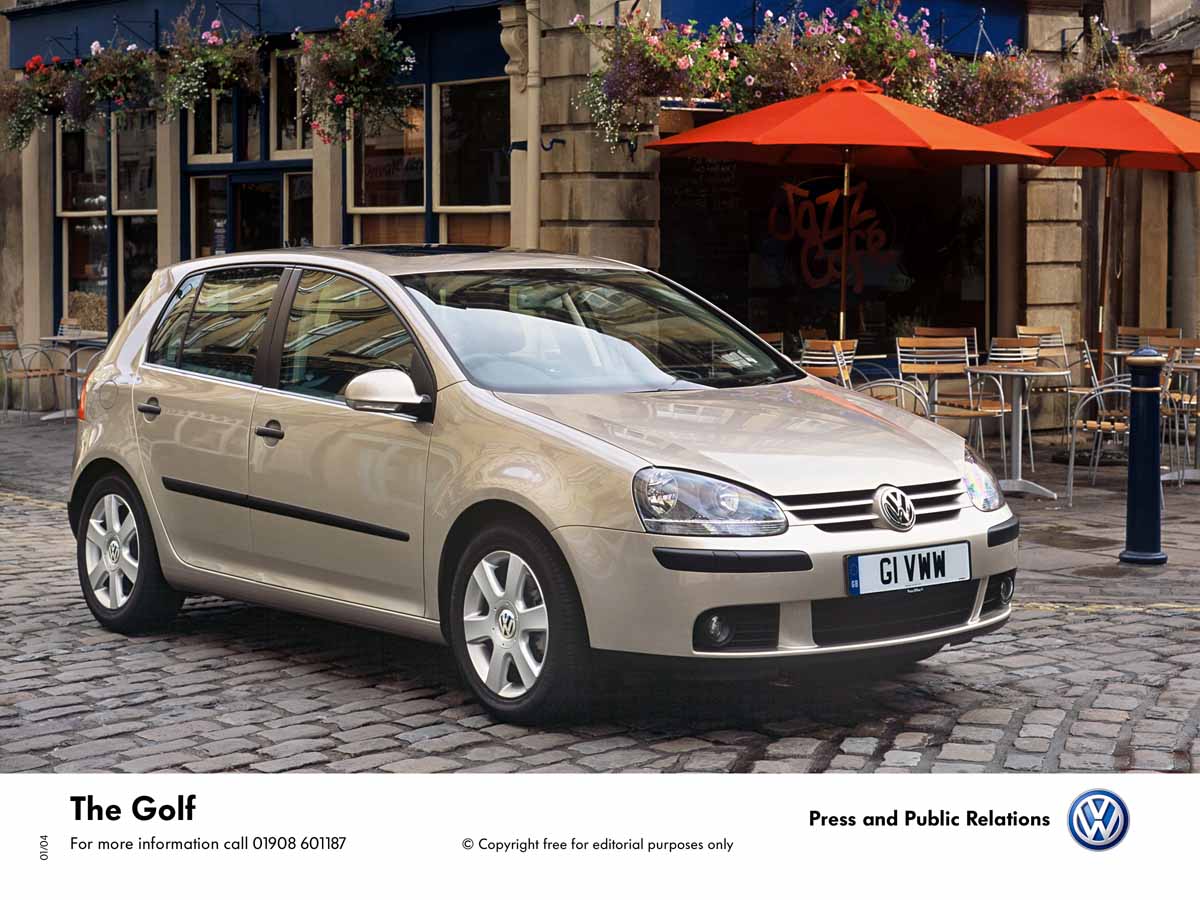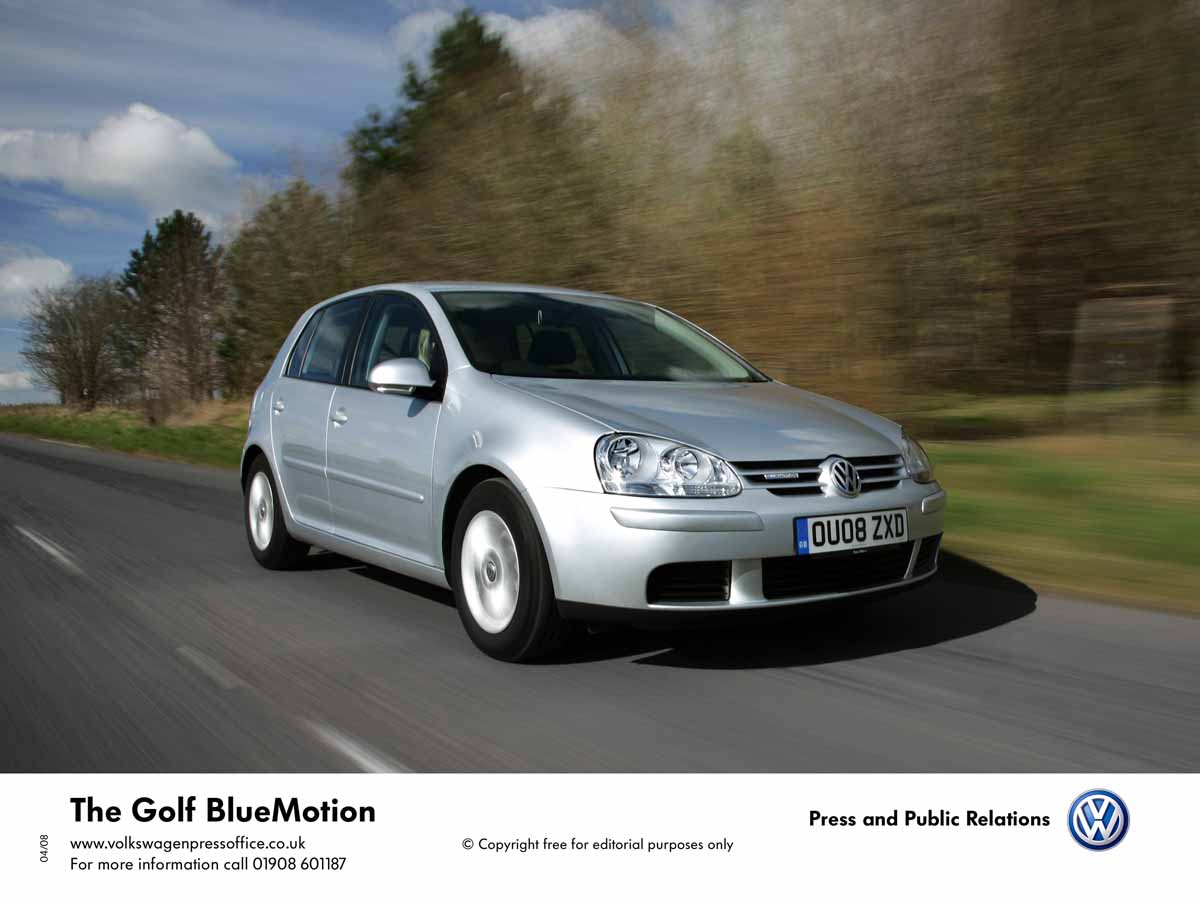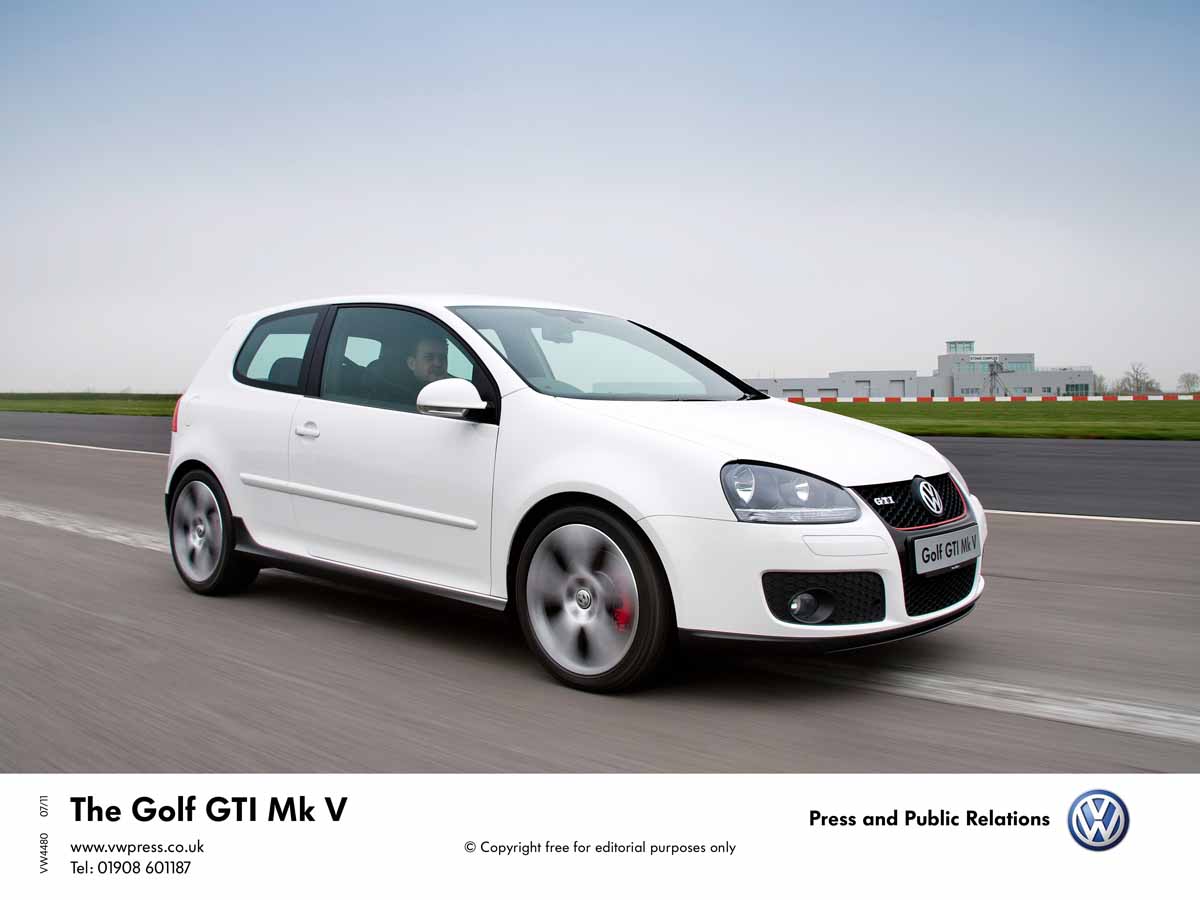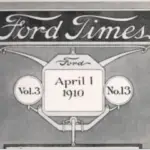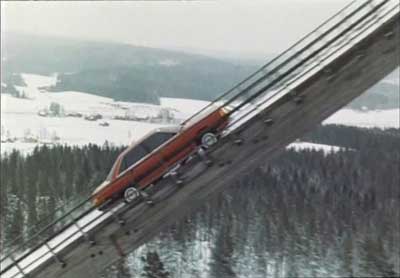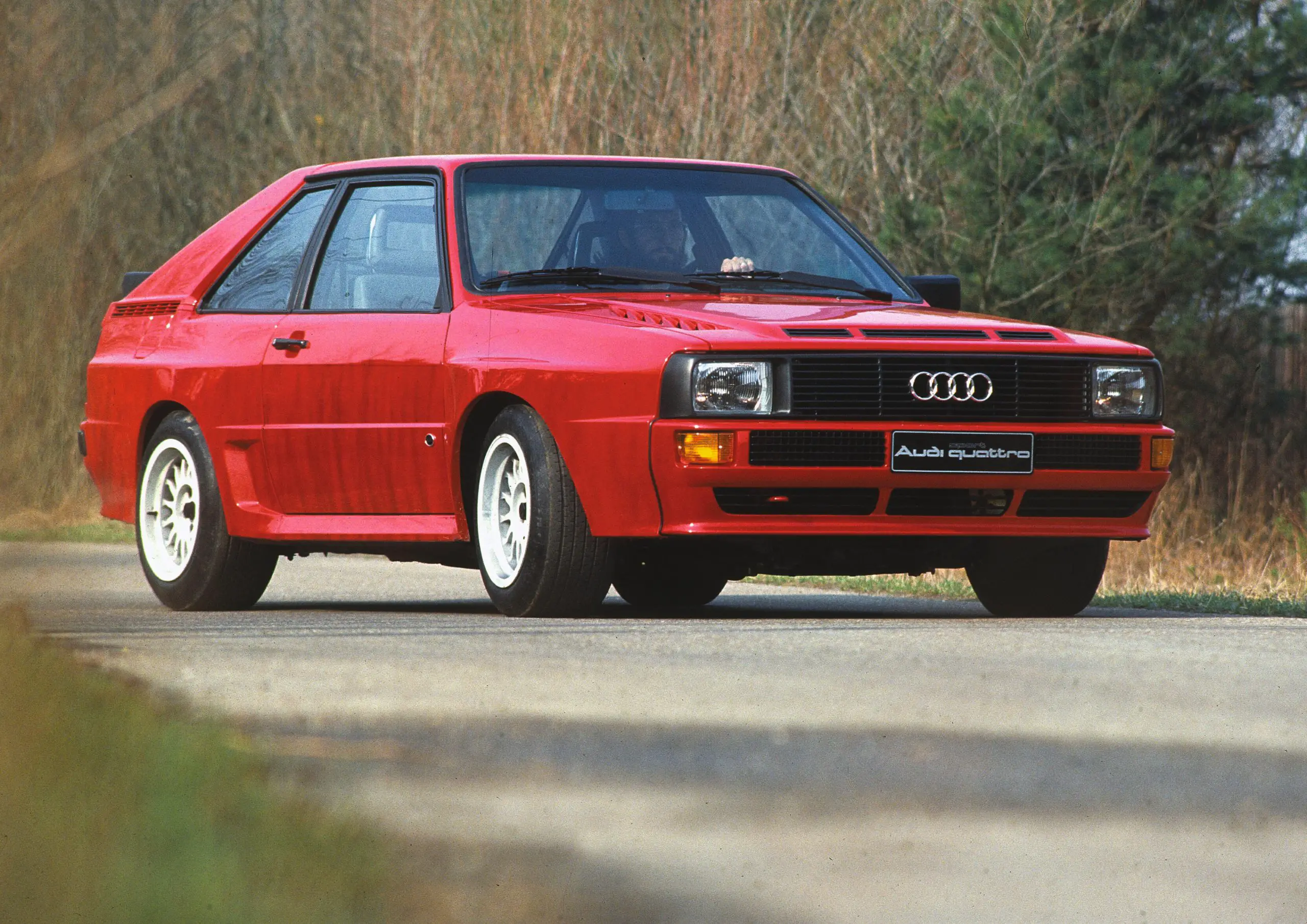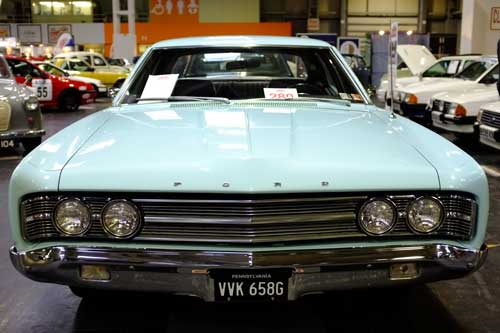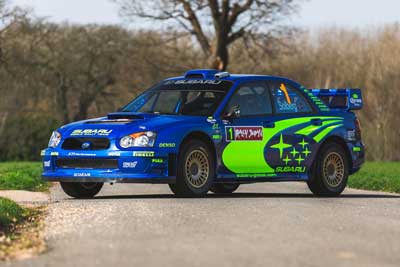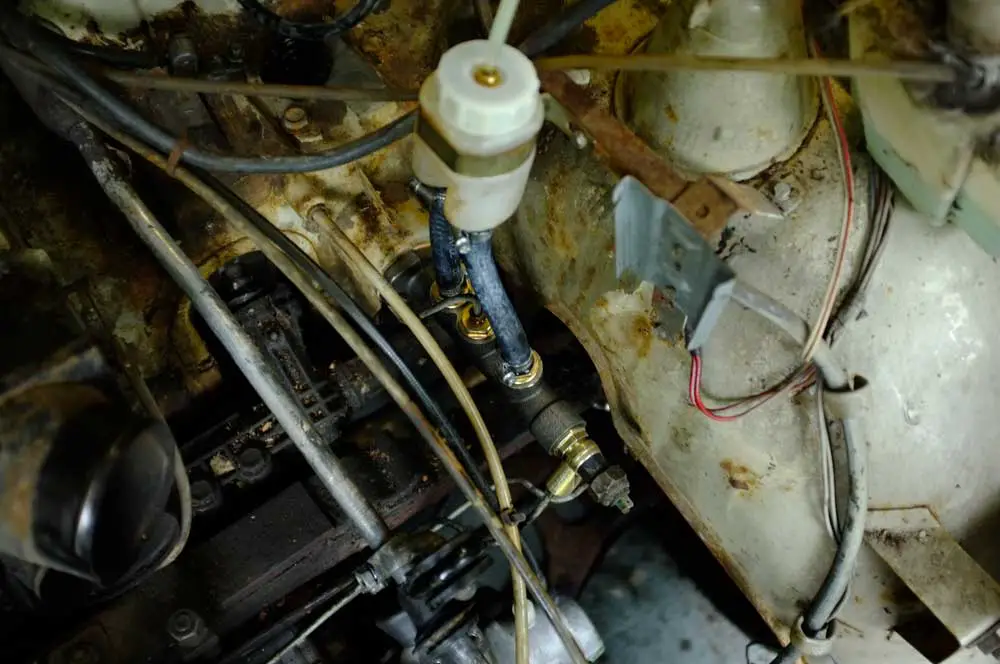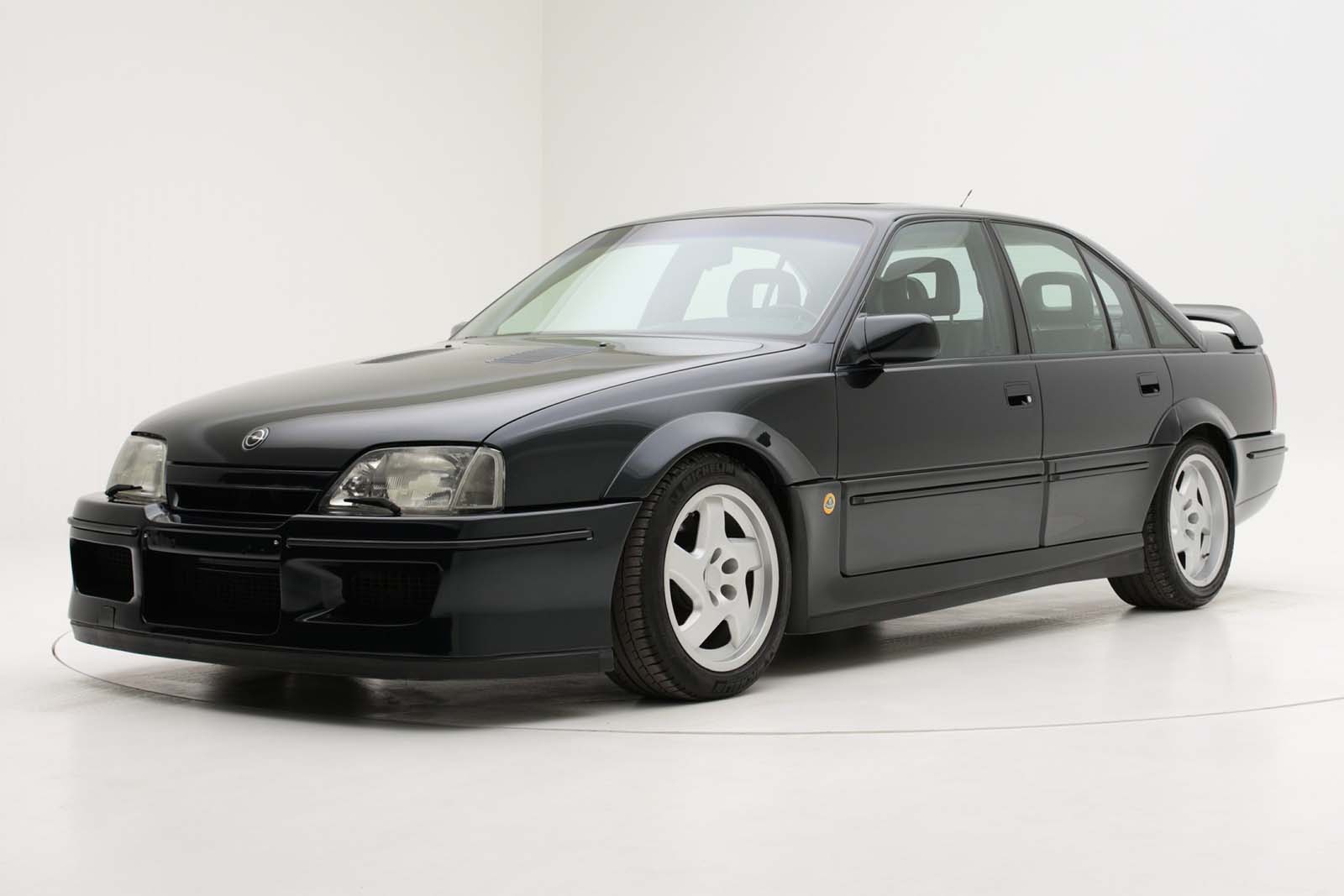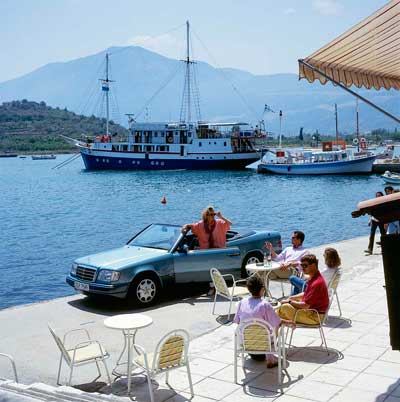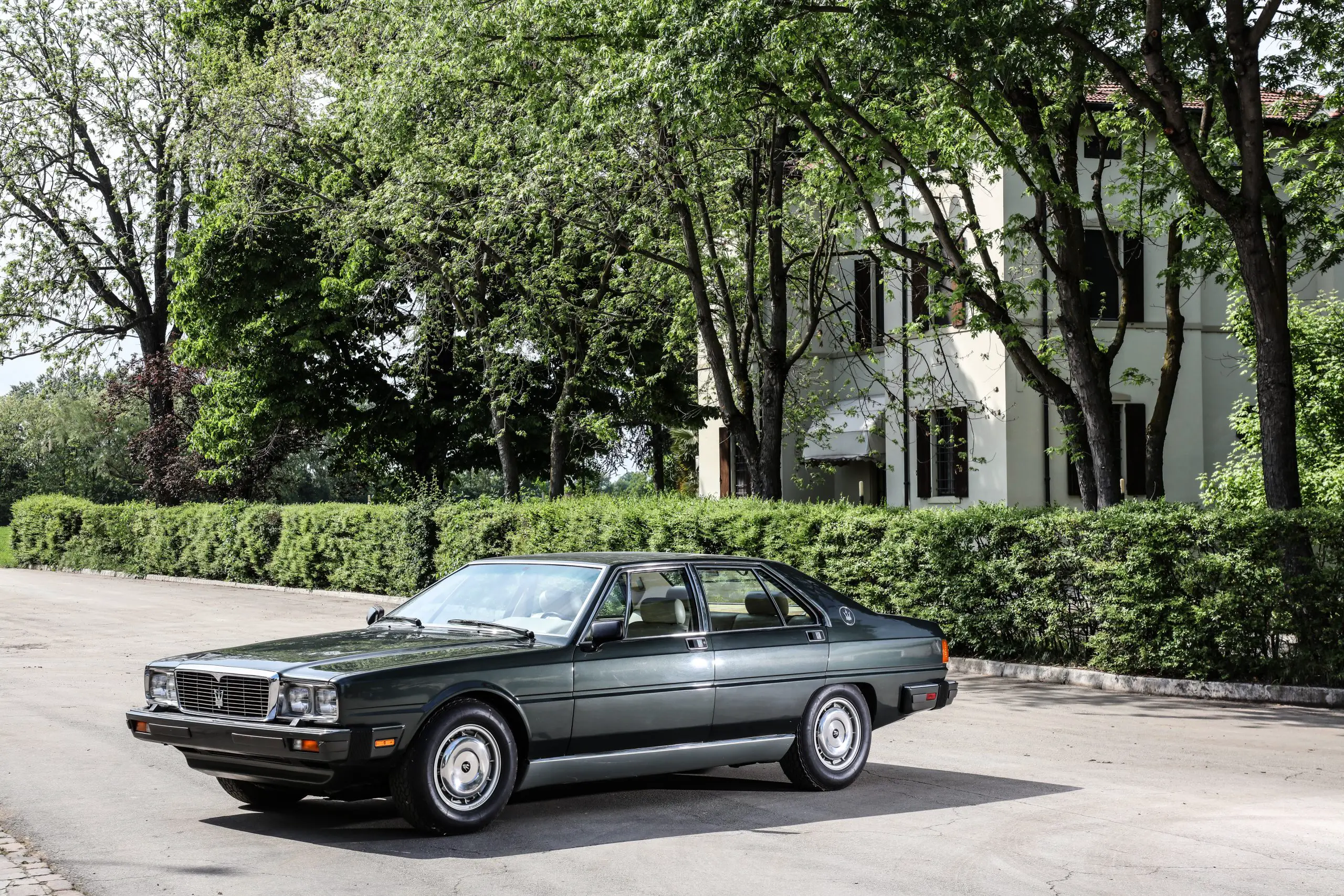
The VW Golf At 50 Years Old
Europe’s number 1 selling car the VW Golf has reached 50 years old this year, starting production on the 29th of March 1974. In fact it has been the best selling car in Europe since cars were invented, Volkswagen shifting over 20 million of them.
It was back in 1974 when Volkswagen in Wolfsburg started production of the Golf, not knowing that the new compact car, the successor to the Beetle, would become the most successful Volkswagen of all time. Ok, it’s done that over several generations but still.
Someone at VW has worked out that with all those Golfs being sold that works out to around 2000 people buying a new Golf somewhere around the world every single day. When you put it like that it sounds implausible, but don’t forget that the Golf was produced in 8 different countries with 20 million of them at Wolfsburg alone.
The Golf was quite the departure from the Beetle, it was almost the complete opposite, front mounted, front wheel drive with a hatchback. However it was designed as the replacement and did essentially just that, especially in Europe. Even though the Scirocco and the Passat came slightly before the Golf using the new design architecture it was the mid sized European car class that would see the highest volumes.
VW was already well established with the Beetle, the car that saved the company with a bit of help from the British Army.
The company had found itself in a bit of trouble since the 1960s having spent a lot of money paying the Czech government reparations due to patent infringement of one of Hanz Ledwinka’s many vehicles using a rear mounted air cooled horizontally opposed four cylinder engine. Even the suspension design was copied.
Still, VW survived but it desperately needed a new model to compete with more modern European offerings and Audi offered a lifeline in the form of the B1 80 which became the first Passat. With a little bit of help, some much needed cash and future sales in new market segment for the company VW invested in the development of the Golf.
Designed by Giorgio Giugiaro and Volkswagen Design the new car had the typical 70 clean but angular look which was not only stylish but practical. Customers were so impressed that it took only until October 1976 to sell 1 million of the new Golf firmly setting up VW to become one of the biggest and wealthiest car companies worldwide.
The principal behind the Golf was simple, modern drivetrain, versatile interior with the large tailgate giving access to a large load capacity for its size. The design was clearly practical from the start, those new lines offering great visibility out of the car, a trend that needs to make a comeback with ever increasing In height beltlines. The bonnet slope was designed to give a clear view of the road ahead, whilst still being able to see the nose of the car, the rear glass extending low so the view behind was unobstructed. Another missing feature of more modern cars that a reversing camera simply cannot replace.
In addition to the 20 millions Golfs produced at Wolfsburg there have been another 17 million produced in plants in Belgium, Brazil, China, Malaysia, Mexico, Slovakia and South Africa making the Golf a truly World car.
VW Golf MkI
The first generation was the state of the art for the time, with a lot of new technologies now taken for granted and setting the foundations for what are still current automotive trends. The front wheel drive platform allowing for greater interior space whilst maintaining a small external footprint. The new Golf set standards for dynamics in the class, having that desired balance of good handling and ride.
In 1976 the Golf GTI arrived, with the Audi 80 GTE 1.6 injected engine mounted transversely, and brought performance motoring combined with the Golf’s practicality to a wider audience. Whilst there were other fast hatchbacks, it was seen to be the Golf that started the hot hatch trend.
1976 also saw the first diesel with the Golf D with the GTD in 1982 being popular in Europe who desired the looks and feel of the GTI with the economy of the diesel. This was especially the case in France where diesel attracts less tax than petrol and it can be significantly cheaper to run a car needing it.
The Golf Cabriolet was launched in 1979 and would be very popular worldwide, sales in certain parts of the U.S, as the Rabbit, would demonstrate. Even in rainy Britain the Cabriolet was desirable. In fact this was the best selling convertible in world for quite some time.
Total sales for the Golf Mk1 totaled around 6.9 million units, including all variants sold on all continents.
VW Golf MkII
The Mk2 Golf was a landmark car, keeping the DNA of the original, but refining the concept modernising it and making it larger, quieter, more refined without diluting the essence of fun that was present with the MK1. Quite an achievement. So much so that the Mk2 Golf is often seen as the most desirable.
Today’s Volkswagen Chief Designer, Andreas Mindt, sums up the most important moment in the history of the Golf: “It was the switch from Golf I to Golf II. Volkswagen’s then Chief Designer Herbert Schäfer did everything right there.
He modernised the second Golf but kept the DNA of the first generation. This bridge is extremely important for the Golf’s history. The Golf has always remained a further development of this original model. That is the special thing about the Golf, and the credit for this belongs to Herbert Schäfer.”
Some current Golf technologies even made a their debut in the MkII, the controlled catalytic converter, ABS and all-wheel drive.
A total of 6.3 million Golf II cars were built between 1983 and 1991.
VW Golf MkIII
One of the main aims with the MkIII was to improve safety, the structure was designed to withstand greater impacts and overall crash performance. This was a good thing but came at the expense of weight, another 100kg or so.
The Golf DNA was still there, but the improved safety increased weight and the MKIII offered some improvements in refinement. The build quality couldn’t really be faulted, they were really well put together and that additional weight in the structure deadens some of the noise.
Front airbags appeared in 1992 and the Golf later got a V6 engine in the VR6 and cruise control. Side airbags too by 1997. This was the first Golf that was made as an estate version, imagine the MkII as an estate, that would have sold well, I’m sure.
The MkIII sold over 4.9 million units, quite the success with the 6 year lifespan of the model, selling more each year then the MkII.
Performance wasn’t quite as good as the predecessor as it carried a more weight due to the improved safety. It was 1040 kg against a Mk2 8v with 920 kg or 940 for a 16V. At the 1992 launch the press weren’t kind, the 16v engine appearing in 1994 addressing some of the performance lost.
Aceleration is anywhere between 9.6 to 10.2 seconds for an 8v 0 – 60 mph, somewhat behind a Mk2. But the 16v got it back down to 8 seconds or so.
This isn’t so bad with only 150 bhp. That’s considered low power and light weight these day, but it has left the MkIII GTI behind the MkII. Even the more ordinary models are less desirable, maybe their time is just about now.
VW Golf MkIV
Introduced in 1997, the MkIV Golf was a step up in quality essentially positioning the Golf more upmarket. Bigger and heavier still the additional refinement was appreciated.
ESP made its Golf debut here and was probably needed with the fastest Golf to date with the 250 km/h R32. It was regarded as the sportiest too. It was also the first time the Golf received a DSG gearbox in 2003, the final year of the MkIV.
The MkIV isn’t receiving anything like the interest of the earlier cars has, and it may not. In the UK the MkIV has disappeared from the roads at an alarming rate. Not quite as cheap and simple to fix as a MkI or MkII, not as exciting either.
It was the grown up Golf the car it became was different to the cheap and cheerful Mk1. But as consumers desired more stuff the Golf had to step up. The performance variants, the GTI with the turbocharged engines were good, but no longer iconic, but the R32 was.
Still, over the 7 years it was on sale there were 4.9 million of them built.
VW Golf MkV
Now over 20 years old itself the MkV Golf was really the combination of the refinement of the MkIV and the Driver interest of the MkII. Surely this is destined to be a future classic, especially the GTI which moved the performance up a notch and has been considered to be one of the best of the early noughties driver’s cars.
The Golf was way ahead of the competition by now and it really had nailed quality, refinement and all-round appeal. The body gained some 35% increase in torsional stiffness with the use of a new laser welding process.
Safety improvements meant there were now eight airbags buried in the cabin, but underneath it had all new four link rear suspension. Other updates included bi-xenon headlights and the new 7 speed DSG gearbox.
The MkV addressed the criticisms of the previous generation by really
focusing on driver involvement, the new suspension helping with that.
The Golf V does have a great chassis with good feel, even with the new
electric power steering, EPS.
Sales totalled 3.4 million by the time the MkVI appeared in 2008, but that’s a bit new for us.
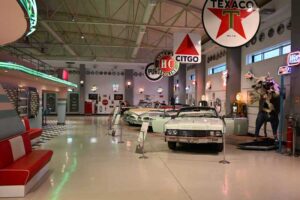
Ural Ataman Classic Car Museum – Istanbul, Turkey
This has to be one of the nicest private collections I have seen, the Ural Ataman Museum in Istanbul, turkey has not only a wide

Tbilisi AutoMuseum Car Museum – Georgia
You may not have heard of this, but the small car museum in Tbilisi Georgia really has quite a lot to see. Buried in an
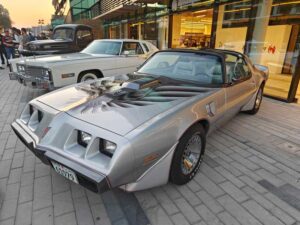
Bahrain Bike Week Classic Car Show December 2024
Bahrain Bike Week is the biggest event of its kind in the Middle East and the 2024 one was no exception. It’s not just the

Ford Motor Company Bring Back Group 5 Mk1 Escort & Group B RS200 With The Help Of Boreham Motorworks
Ford have granted a licence to Boreham Motorworks, a division of the DVRN Automotive Group, to produce new versions of not just the Mk1 Escort
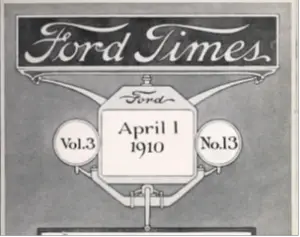
Ford’s Heritage Vault Makes The Ford Times Magazine Available To The Public
Ford’s expansion through the early 20th century was something to behold, the rapid growth of the company and the success of the Model T led
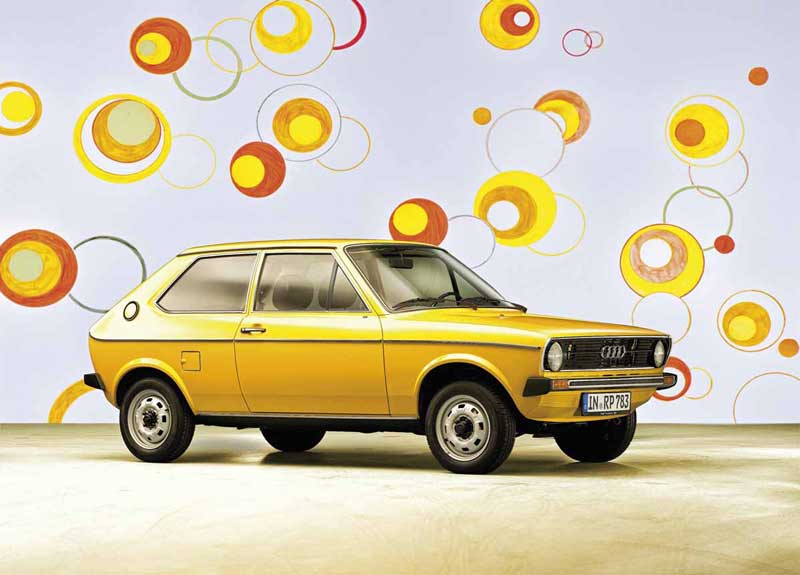
The Audi 50 At 50, Germany’s First Small Car
The Audi 50 that was the basis for the VW Polo is now 50. The small car was developed ahead of the oil crisis of
